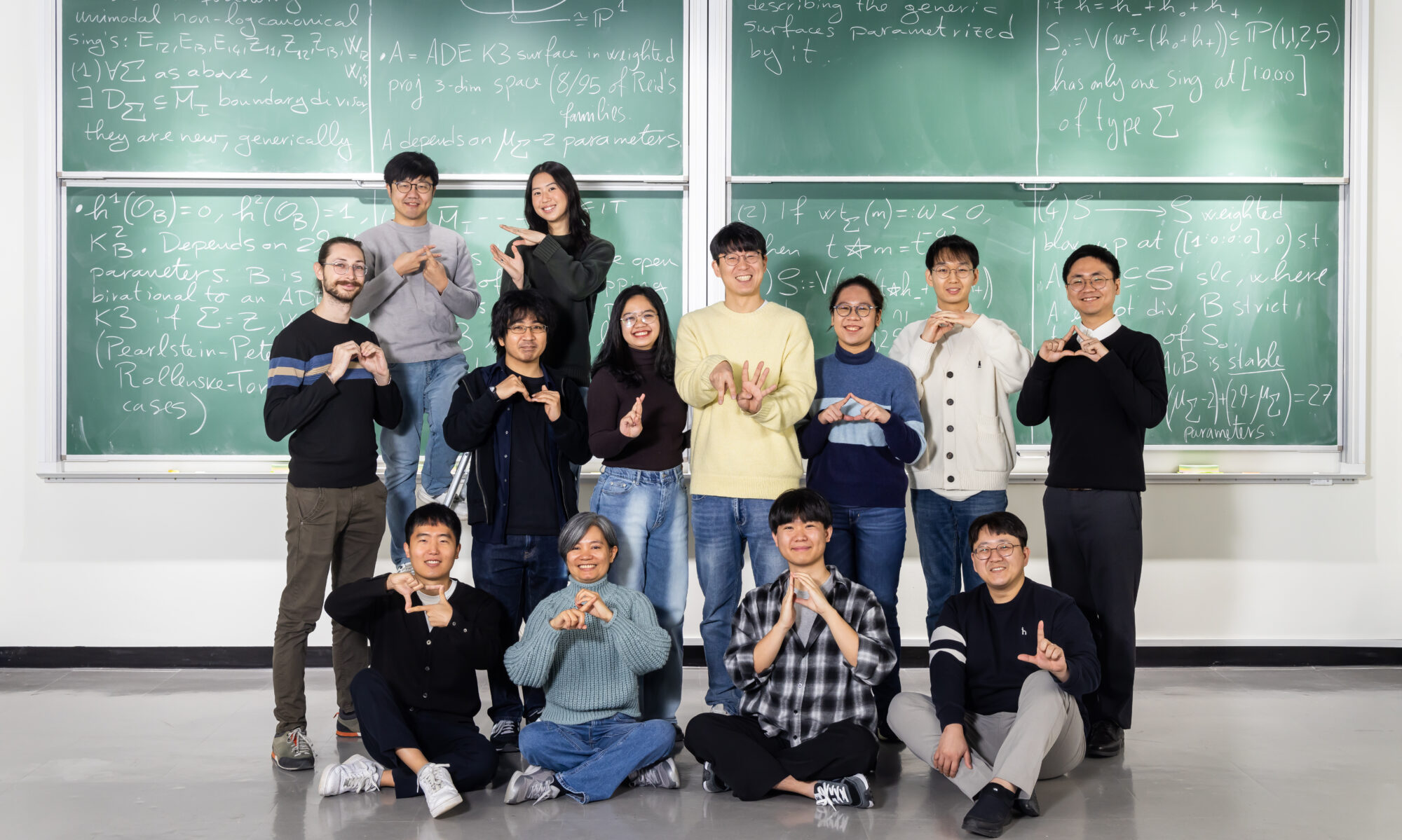Olive Cawiding, Single-sample landscape entropy reveals the imminent phase transition during disease progression
B378 Seminar room, IBS 55 Expo-ro Yuseong-gu, Daejeon, Korea, Republic ofWe will discuss about “Single-sample landscape entropy reveals the imminent phase transition during disease progression”, Liu R, Chen P, Chen L., Bioinformatics. 2020 Mar 1;36(5):1522-1532. Abstract Motivation: The time evolution or dynamic change of many biological systems during disease progression is not always smooth but occasionally abrupt, that is, there is a tipping point during …




